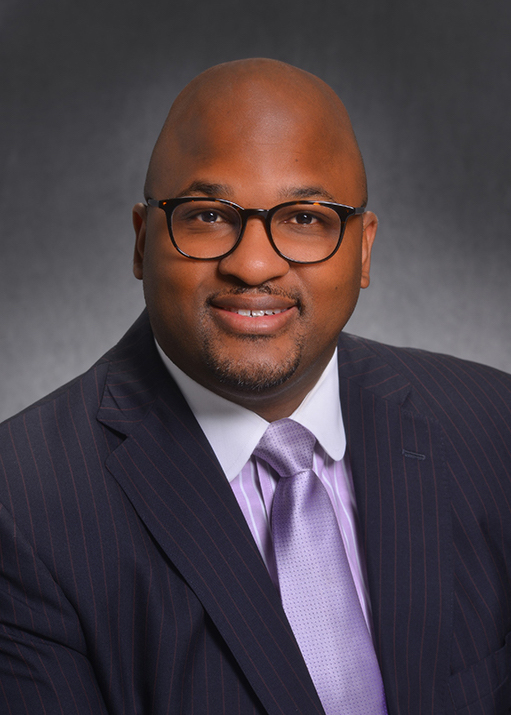Sponsored by EBRP Schools
The East Baton Rouge Parish School System has a new Superintendent of Schools, Dr. Sito Narcisse. Dr. Narcisse is a man with a plan, hitting the ground running, working remotely his first week on the job before moving his family to Baton Rouge in January. He comes to EBRP from his last station as the Chief of Secondary Schools of District of Columbia Public Schools. Dr. Narcisse has been a teacher, a principal—opening a high school in the Pittsburgh Public Schools and leading turnaround efforts in a Boston Public High School—a Director of School Performance and Acting Chief School Improvement Officer for Montgomery County Public Schools (MD), and an Associate Superintendent overseeing school improvement efforts for 74 schools in Prince George’s County Public Schools (MD). Dr. Sito Narcisse most recently served as the Chief of Schools for the Metro Nashville Public Schools (TN) supervising and supporting 167 schools in the city of Nashville.
The son of Haitian immigrants, Dr. Narcisse’s family moved to Long Island, NY, in pursuit of a better life. He learned to navigate both the social and academic obstacles that confront millions of students today. His success as a student led him to enroll at Kennesaw State University in Georgia where he graduated with a degree in French and pursued a Master’s Degree from Vanderbilt University in Secondary Education. Doctoral studies led him to the University of Pittsburgh where he earned a Doctorate in Educational Administration and Policy Studies and Leadership from the University of Pittsburgh.









